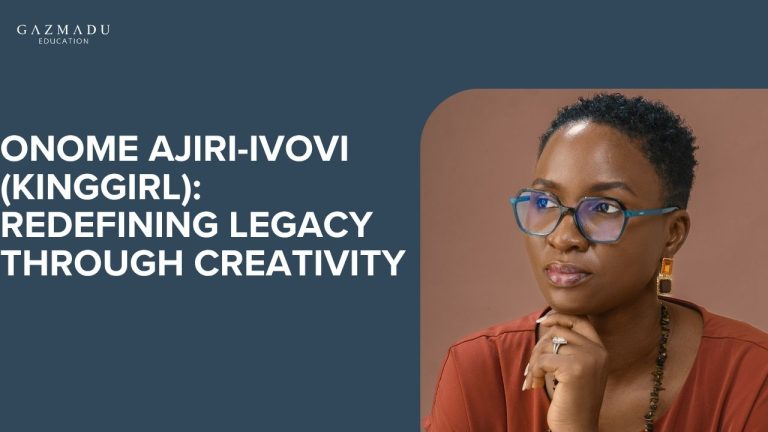Are you ready to take your photography skills to a new level? Getting to know about exposure triangles is important to your creativity and capturing good images.
In this blog post, we will be looking into the three major parts under the exposure triangle – aperture, shutter speed, and ISO – and how they work together to create the perfect exposure.
What is the Exposure Triangle?
Not everyone knows what an exposure triangle is but you must have heard the name once. The exposure triangle is an essential tool for photographers, helping them select the right combination of camera settings for any shooting situation. Download a free camera cheat sheet. It consists of three elements:
- Aperture (f-stop)
- Shutter Speed
- ISO
These three factors work together to control the amount of light entering your camera and how it’s recorded on the sensor. By mastering the exposure triangle, you’ll be able to move beyond the automatic mode and take full control of your photography.
Understanding Exposure
Before we dive into the specifics of each element, let’s talk about exposure itself. In photography, exposure works much like our eyes. Your camera needs light to see and record the scene in front of it. Too much light results in an overexposed (too bright) image, while too little light leads to an underexposed (too dark) image.
The ky to great photography is finding the sweet spot in the combination of aperture, shutter speed, and ISO to achieve the perfect exposure for your scene. While your camera’s auto mode can do this for you, learning to control these settings manually will give you much more creative freedom and elevate your photos from simple snapshots to works of art.
The Three Parts of the Exposure Triangle
- Aperture
Of the three elements in the exposure triangle, aperture is often considered the most complex, but it’s also usually the first setting photographers adjust. Aperture controls two crucial aspects of your image:
- The amount of light entering through the lens
- The depth of field in your image
Aperture is measured in f-stops, with lower numbers (like f/1.8) representing a wider aperture, and higher numbers (like f/16) representing a smaller aperture.
Depth of Field
Understanding and using depth of field is what separates amateur snapshots from professional-looking photographs. A wide aperture (low f-number) creates a shallow depth of field, which means only a small portion of your image will be in sharp focus.
This is perfect for portrait photography, where you want to blur the background and make your subject stand out. On the other hand, a narrow aperture (high f-number) creates a deep depth of field, keeping more of your image in focus. This is ideal for landscape photography, where you want everything from the foreground to the background to be sharp.
3.Shutter Speed
Shutter speed determines how long your camera’s sensor is exposed to light. It’s measured in seconds or fractions of a second, ranging from very fast (like 1/8000th of a second) to very slow (30 seconds or more).
Shutter speed affects two main aspects of your image:
- Exposure: Longer shutter speeds allow more light to hit the sensor, resulting in brighter images.
- Motion blur: Faster shutter speeds freeze motion, while slower speeds can create artistic blur effects.
For handheld shooting, you’ll generally want to use a shutter speed of 1/60th of a second or faster to avoid camera shake. However, if you have steady hands, you might be able to shoot at slower speeds like 1/30th or even 1/15th of a second.
Creative Uses of Shutter Speed
– Fast shutter speeds (e.g., 1/2500th of a second) are great for freezing action in sports or wildlife photography.
– Slow shutter speeds (e.g., 1/15th of a second or longer) can create beautiful motion blur effects, perfect for capturing the silky smooth flow of waterfalls or the hustle and bustle of city streets.
- ISO
ISO describes your camera’s sensitivity to light. In the days of film photography, different rolls of film came with various ISO ratings, typically ranging from 25 to 3200. The lower the number, the less sensitive the film was to light, meaning more light was needed for proper exposure.
In digital photography, ISO works similarly, but with the added benefit of being able to change it for each shot. Here’s what you need to know about ISO:
– Lower ISO values (e.g., 100 or 200) mean less sensitivity to light, resulting in cleaner, less noisy images. Use these in well-lit situations.
– Higher ISO values (e.g., 1600 or 3200) increase the camera’s sensitivity to light, allowing you to shoot in darker conditions. However, this can introduce digital noise or grain to your images.
Balancing the Exposure Triangle
Now that we understand each element of the exposure triangle, let’s talk about how they work together to create the perfect exposure.
Imagine you’re photographing a landscape on a bright, sunny day. You might start with these settings:
– Aperture: f/11 (for a deep depth of field)
– Shutter Speed: 1/125th of a second
– ISO: 100 (for the cleanest image quality)
But what if you want to capture a fast-moving bird in that same landscape? You’ll need to adjust your settings:
- Increase the shutter speed to 1/2000th of a second to freeze the bird’s motion.
- To compensate for the reduced light from the faster shutter speed, you might open up your aperture to f/5.6.
- If you still need more light, you could increase your ISO to 400.
This is the essence of working with the exposure triangle – adjusting one element often requires compensating with the others to maintain proper exposure while achieving your creative vision.
Scene Luminance: The Fourth Factor
While not part of the exposure triangle itself, it’s important to consider scene luminance – the amount of light available in the scene you’re photographing. Luminance is measured in candela per square meter (cd/m²) and greatly affects how you’ll need to set your exposure triangle.
For example, on a bright, sunny day, you’ll have high scene luminance, allowing you to use lower ISO values and faster shutter speeds. In contrast, during twilight or in dimly lit indoor scenes, you’ll have low scene luminance, requiring you to adjust your settings accordingly – perhaps by using a wider aperture, slower shutter speed, or higher ISO.
Putting It All Together: The Two Requirements of Great Exposure
When working with the exposure triangle, keep in mind these two key requirements:
- Exposure / Image Brightness: This is the technical requirement that ensures your picture displays the correct color and lighting. By using the right combination of aperture, shutter speed, and ISO, you can match the brightness of your image to that of the scene you’re photographing.
- Visual Image Attributes: This is the creative requirement that allows you to produce the desired mood, feeling, or visual effect in your photograph. Before taking a picture, visualize the final outcome and adjust your settings accordingly.
Conclusion
Understanding the exposure triangle is the cornerstone of mastering photography. By learning how aperture, shutter speed, and ISO work together, you’ll gain the control and creativity to capture stunning images that truly represent your vision.
Ready to take your photography to the next level? Join our mailing list for exclusive tips, tutorials, and updates on the latest photography trends.



